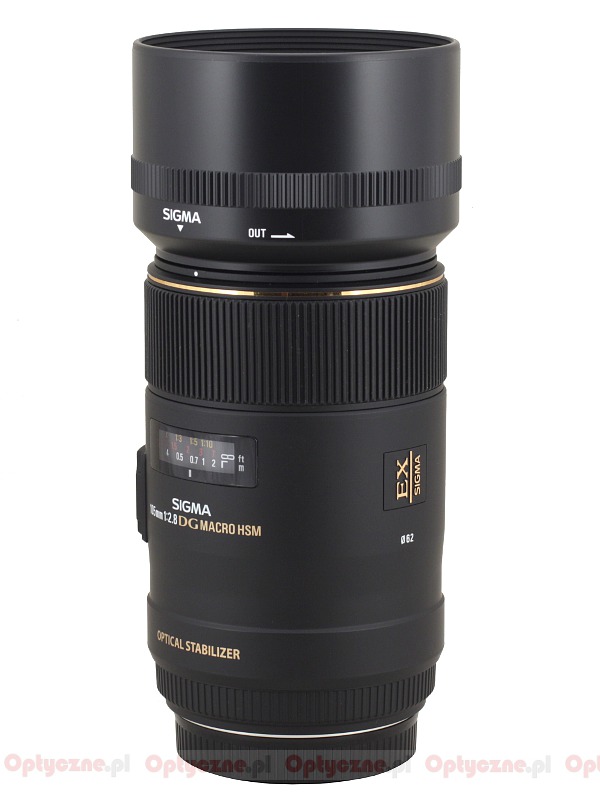

Focus hunting is also very rare with this lens, even in lower-light conditions where other lenses have difficulties.įast and responsive autofocus enables focusing on fast-swimming subjects easily and accurately (15mm, f/14, 1/250s, ISO 6400)

Even when going from super close subjects to fairly distant ones, the autofocus responds immediately.
#SONY E MOUNT FISHEYE FREE#
Resultant images are free from vignetting and black corners. When activated, the Focal Length Limiter confines the lens to the 10–15mm range, thereby ensuring that the partial circular fisheye effect, which appears at 8–9mm with APS-C sensor cameras, is avoided.


Our test was designed to compare fisheye lenses, so rectilinear wide-angle lenses such as the Sony E 10–18mm f/4 were not considered. For the sake of eliminating the effects of any interfering variables when comparing how these lenses perform, each dive was carried out using several camera systems, allowing us to capture comparison images with all three lenses at the same spot and at the same time. Our testing was carried out using the Sony a6500 camera in the Fantasea FA6500 housing with the FML port system, together with Sea&Sea YS-250 and Ikelite DS-160 dual strobe systems. Here, in Part 2, we evaluate three fisheye lenses, the Canon EF 8–15mm f/4 Fisheye and Tokina 10–17mm f/3.5–4.5 Fisheye (for Canon)-both used with the Metabones EF-E Mount T Adapter-and the Sony E 16mm f/2.8 with the Sony Fisheye Converter. As we focused on cropped-sensor cameras, some of the conclusions we’ve drawn may vary for full-frame cameras. In selecting lenses to test, we chose those considered most popular for E-mount cameras (dry or wet), and we also included lenses of various focal lengths and price points. Our aim wasn’t just to find out what these lenses are really worth to underwater shooters, but also what techniques can be used to fully utilize their potential. In this two-part article, we comprehensively examine and compare the underwater performance of some of the most popular lenses for Sony E-mount cropped-sensor cameras, taking into account the unique optical, compositional and logistical challenges awaiting us photographers beneath the surface. However, while the lenses that work well in underwater imaging for the Nikon and Canon mounts are well known, most of what has been written about lenses for Sony E-mount cameras relates to how well they perform topside. Sony’s mirrorless cameras have proven to be hugely popular with underwater shooters, giving DSLRs a run for their money.
#SONY E MOUNT FISHEYE PLUS#


 0 kommentar(er)
0 kommentar(er)
